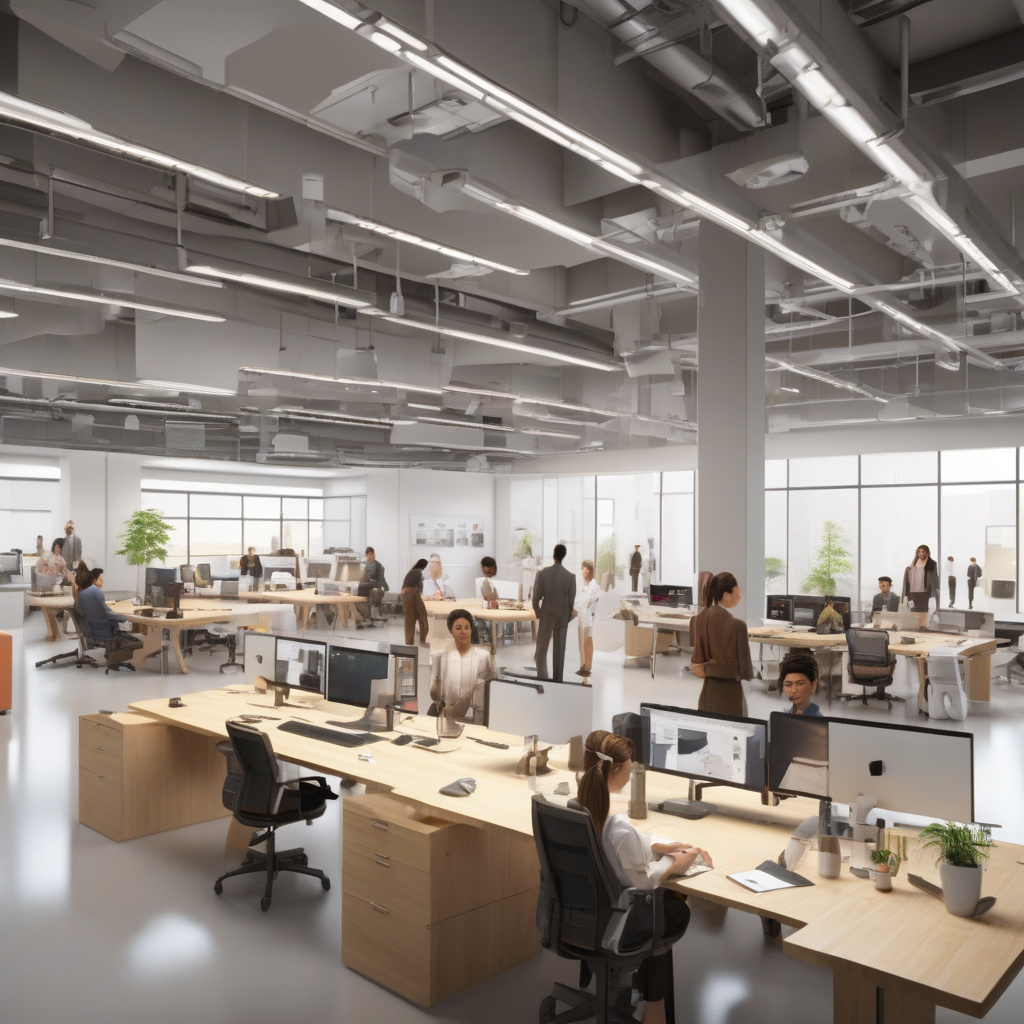In today’s fast-paced work environments, ensuring the safety and well-being of employees is paramount. Workplace injuries, particularly those stemming from poor posture, not only impact individuals but also cost industries billions annually. Traditional ergonomic assessments, often manual and periodic, may not always be effective in preventing such incidents. This is where innovative solutions come into play.
Imagine a system that can actively monitor employees in real-time, providing instant feedback and alerts to prevent potential injuries. This is where AI-powered workplace safety systems shine. By harnessing the capabilities of artificial intelligence, these systems can revolutionize how safety is ensured in various industries.
At DigitalDigest.net, we have developed an AI-powered workplace safety system that focuses on real-time monitoring and feedback, specifically targeting issues related to poor posture. By leveraging technologies such as Python, MediaPipe, and OpenCV, we have created a solution that goes beyond traditional methods.
Python, a versatile and powerful programming language, serves as the backbone of our system. Its flexibility and extensive libraries make it ideal for developing AI algorithms and integrating them into real-world applications. With Python, we can efficiently process data, run complex algorithms, and communicate with other components of the system.
MediaPipe, a framework for building multimodal applied machine learning pipelines, complements Python by enabling the processing of diverse inputs such as video, audio, and sensor data. This capability is crucial for our workplace safety system, as it allows us to analyze live video feeds to detect and track employee postures accurately.
OpenCV, an open-source computer vision and machine learning software library, enhances the system’s capabilities further. By leveraging OpenCV’s tools and functions, we can extract meaningful insights from visual data, such as identifying posture deviations and potential safety risks in real-time.
Combining these technologies, we have created a comprehensive AI-powered workplace safety system that not only monitors employee postures but also provides instant feedback and alerts. For instance, if an employee maintains an unhealthy posture for an extended period, the system can issue a prompt to adjust their position or take a break to prevent strain or injury.
Moreover, the system can generate reports and analytics based on the data collected over time, enabling employers to identify trends, areas for improvement, and potential risks proactively. This data-driven approach to safety not only enhances workplace wellness but also contributes to increased productivity and efficiency.
By embracing AI-powered solutions for workplace safety, organizations can foster a culture of care and well-being while mitigating the risks associated with preventable injuries. As technology continues to advance, integrating innovative systems like ours becomes not just a choice but a necessity for creating safer and more productive work environments.
In conclusion, the development of a real-time AI-powered workplace safety system represents a significant step forward in ensuring the health and safety of employees. By utilizing technologies like Python, MediaPipe, and OpenCV, we can create smarter, more responsive solutions that address the evolving needs of modern workplaces. Let’s embrace the power of AI to build safer, healthier, and more efficient work environments for all.

